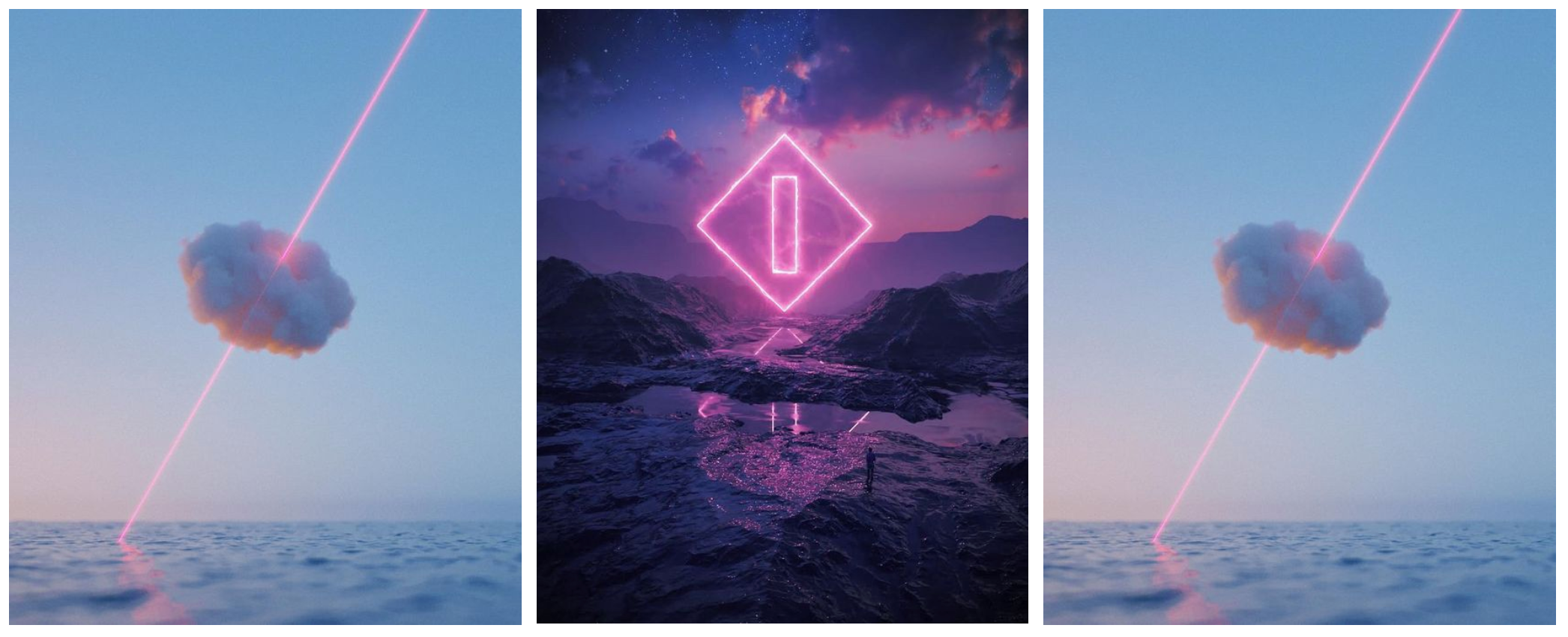
This is essentially using the DayLight rig as an override so we can separate out the lights from the reflections since there’s no option to do this in the area lights themselves. One interesting trick is that if we use this Mix sky texture method, we can turn the sun’s power to zero, and then use other Octane Lights to light the scene and control the shadows while still keeping the reflections and background from the HDRI. Above all, the important ones here are the Power which makes it brighter or darker, and the Sun size, which makes the shadows sharper or more diffuse. AI Light Accelerates light sampling, tracking emissive points in real-time with up to 6-10x speed gains in scenes with many small light sources such as multi-point or spot lights. If we want to be physically accurate about it, we’ll need to match the position of the sun’s light source with the one in the HDRI. OctaneRender 4 can render fast out-of-core geometry entirely from CPU memory, with minimal speed loss and viewport lag (even across multiple GPUs) a first for an unbiased GPU renderer. Rotating the light on the P axis (red handle) makes the sun rise and set (and colors it accordingly) while rotating it on the H axis changes the position of the sun in the sky. Īfter that, we can change the position of the light by simply rotating the Infinite Light around. In the DayLight’s tag options, we need to enable Mix sky texture. We can ignore the Sun tag and the Infinite Light settings because what we want to focus on is the Octane DayLight tag. This makes a C4D Infinite Light with a C4D Sun tag, and also an Octane DayLight tag on it. Next, we can drop in Octane DayLight by going to the Live Viewer, and under Objects>Lights, choose Octane DayLight. Having a plane with a shadow catcher material on it is useful as well to see the shadows. If we were to look at it in the Node Editor, it would now have an RGB Spectrum node piped into Environment tag instead of ImageTexture node.įirst, we need an Octane Sky with the Octane Environment tag on it and an HDRI loaded into the ImageTexture tag. Same as choosing “Texture Environment ” from Objects menu in the Live Viewer.

That replaces the ImageTexture node with RGB Spectrum node.

For a solid color, click the green circle icon under the word “Main” in the Environment Tag for Visible environment. JPEGs are smaller and less resource-intensive. HDR image because we don’t need all the extra exposure data. In this case, JPEG or PNG would do better than a. For the second sky, in Environment Tag options, pick Visible environment from the Type dropdown.Īnd if we were after a different image for our visible background, we go into ImageTexture node and swap the HDRI with something else. We need to tell Octane which environment we want to be used for lighting and reflections (Primary environment, default), and which we want as a background image (Visible environment). To do this, we need a second Octane Sky by duplicating or getting a new one from the Objects Menu. We can completely replace background with another image, solid color, or gradient.


 0 kommentar(er)
0 kommentar(er)
